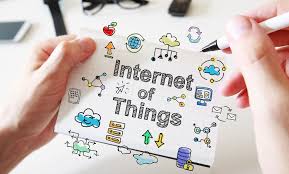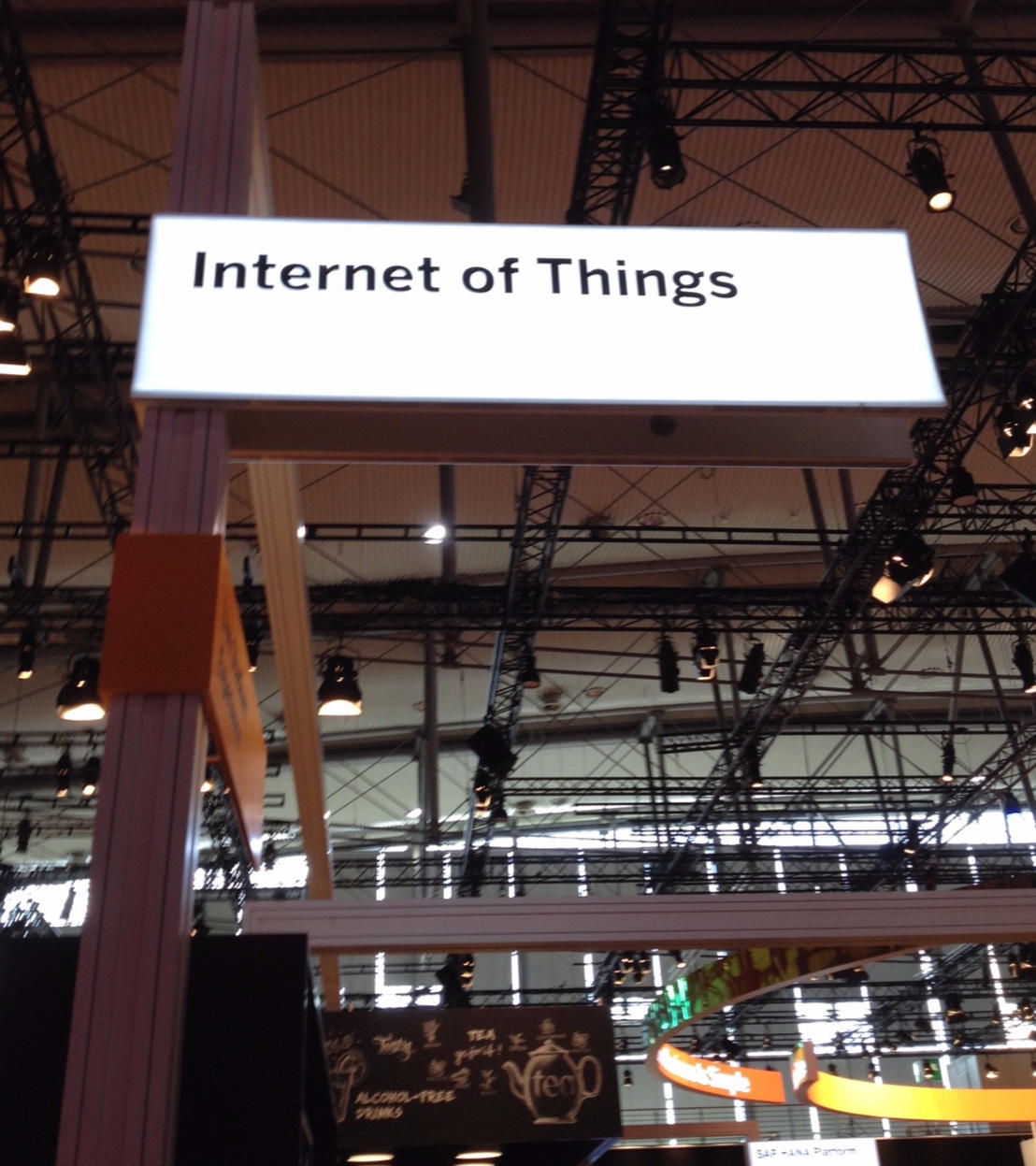Source: itproportal.com
Imagine a construction worker has stayed two hours longer than his normal shift, perhaps he is covering for a friend. He’s stressed and tired, his heart rate is up, and his alertness is reduced. It is potentially an accident waiting to happen. Fortunately, your company has invested in the Internet of Things (IoT). An automatic alert has already been sent from the device he wearing to his shift manager, who can pinpoint his exact location and quickly intervene.
This is just one of the many potential uses that the IoT could bring to construction. Interventions like this could prevent mistakes and even save lives. That is why the Internet of Things is one of the most exciting new innovations in construction technology. Consultants at McKinsey believe it could have a global economic impact of nearly $1 trillion on worksites worldwide by 2025. Already, $8 billion has been invested in IoT in construction worldwide and with the sheer variety of applications and some serious benefits, it could be a very promising market indeed.
What is the internet of things?
The definition of the IoT has evolved significantly in the last two decades due to the convergence of multiple technologies and fields. In 1999, it was viewed that radio-frequency identification (RFID) would be essential to its development, but a growing portion of IoT devices such as smartphones, tablets and computers have since been the driving force of the idea. Put simply, the internet of things is the internet for things, it is a way for our devices to connect through the internet in a similar way to how people already do.
IoT in construction, for example, can involve the use of internet-connected sensors which are placed around the construction site or are worn by workers. These devices collect certain types of data about activity, performance and conditions on the building site. They would send these to a central dashboard where the data can be analyzed and used to inform decision-making.
Traditionally, most internet-connected devices have been computers and smartphones. Now however, a huge variety of sensors can easily and cheaply be upgraded with a chip like a SIM card. This could include wristbands that monitor heart rate, temperature sensors and vibration monitors. Connecting these devices to a central database means many more aspects of your sites can be monitored in ‘real time’. This can have huge implications for safety, security, productivity, and cost reduction.
What are its benefits and what are its drawbacks?
Benefits
Improving safe working practices: Wearable IoT devices have real potential for improving safety on building sites. If all staff on a job site wear a wrist band or clip-on device, data about their movements and activity can be used to discover any risky behavior.
Take the example of a New York construction firm who did just that. The device would send an automatic alert to the company’s site safety manager whenever the device physically dropped by three foot or more (the idea being to immediately notify health and safety of any falls). The manager noticed that one worker appeared to be repeatedly falling and went to investigate. As it turned out he was jumping into a pit, rather than using the ladder provided. He was naturally reminded of the dangers of his behavior!
Improve resource management: If all machines, staff and materials are connected to the internet with a chip, you can geolocate them immediately. How many hours get wasted on building sites searching for materials? How many liters of fuel are burned by idle engines? How much time do workers spend underemployed when they could be sent to support other tasks?
The potential cost and time savings here are significant. Take truck monitors by the IoT firm Trimble – their rugged IoT construction solutions can identify location and activity of a wide variety of vehicles and other assets.
Better reporting and cost-efficient maintenance: IoT devices can continually feed back information about conditions in both completed and under-construction sites. Sensors can monitor for things like unusual vibrations on a piece of machinery that suggests it needs to be fixed. They can detect increases in humidity which can tell your inspection teams about damp issues.
At PlanRadar, this is an area we are particularly excited about. Our app already functions as an IoT solution for construction by providing real-time information about site problems to maintenance teams. Using hardware that users are already familiar with, the app enables users to collect a central bank of evidence that makes oversight and reporting more efficient. With improvements in IoT sensors, this could be achieved even faster and the data passed from person to person could be even more accurate.
Reduce insurance premiums: Having this kind of data could additionally be used to renegotiate insurance premiums. Not only will you be improving safety on-site, but you will also be able to prove it. In the case of IoT building construction company Pillar, these devices can even help prevent fires.
Obstacles
Data security and safety issues: An IoT database could be a real goldmine of sensitive information to organized criminals. If a malicious actor found a way to hack into a company’s IoT database, they could easily access a list of where all your machinery is currently located or where expensive materials are stored. It is essential IoT databases are confidential and unauthorized parties cannot gain access.
Privacy issues: With security issues established, most concerns that exist to do with IoT are framed around the concerns that many people have with tracking the physical movement of workers. Many would object on privacy grounds, as could labor organizations.
Price: While most IoT devices are relatively cheap, many job site owners will need convincing that they are worth the investment. Especially on smaller sites where you can conduct all checks in just a couple of minutes, it might seem unnecessary to spend money on sensors and learn to use a dashboard when it can continue being done manually. For the time being, it is likely that IoT construction solutions will mainly be used on large building and civil engineering projects.
Deployment can be a big learning curve: Like any technology, sensors are only as good as the way they are deployed. There is little sense in spending money on, say, moisture sensors, when the biggest risk on a site is heat. Sensors need to be placed and chosen strategically. Many construction firms will have to follow a big learning curve before being able to truly benefit from these tools. Simply placing IoT sensors around a site will not solve issues on its own.


